Transforming your pool area into a safe and stylish oasis requires addressing the challenge of a slippery travertine pool deck. While travertine adds sophistication and natural beauty to outdoor spaces, its smooth surface can become hazardous when wet. Navigating a slippery pool deck not only poses safety concerns but also detracts from the enjoyment of your outdoor retreat. In this guide, we’ll explore how to fix slippery travertine pool deck.
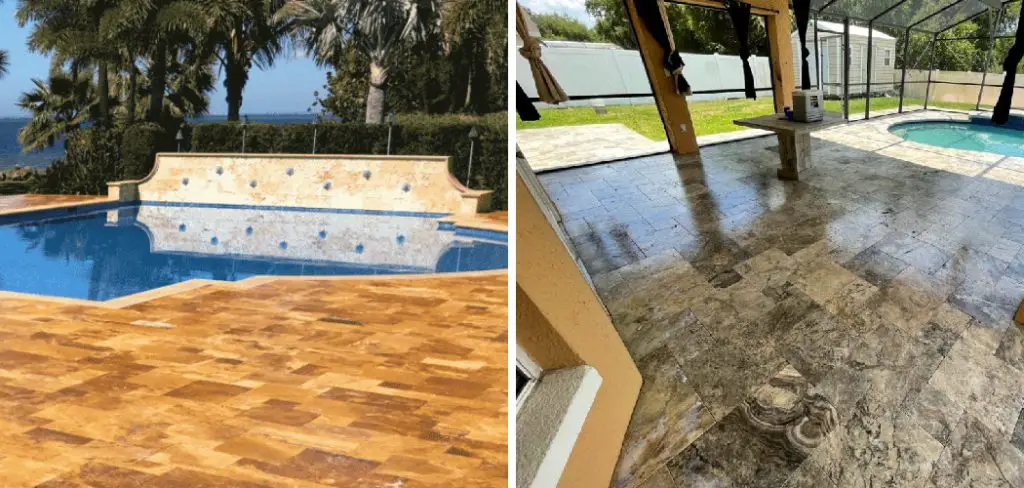
From anti-slip coatings to strategic cleaning techniques, we’ll provide a comprehensive approach to enhance traction and create a secure environment without compromising the aesthetic appeal of your poolside retreat. Dive into the world of travertine maintenance and discover how to strike the perfect balance between safety and style, ensuring that every poolside experience is both enjoyable and secure for you and your guests.
Importance of Traction on Pool Decks
Pool decks are a popular choice for homeowners looking to add an outdoor space for relaxation and entertainment. One of the most common materials used for pool decks is travertine, a natural stone that provides a beautiful and luxurious look.
However, one major concern with travertine pool decks is its slippery surface when wet. This can be dangerous for swimmers and guests, as slips and falls can lead to serious injuries. As a result, it is important to address this issue and make sure your travertine pool deck has proper traction.
Prevent Accidents
The main reason why traction is important on pool decks is to prevent accidents. Swimming pools are already known for being a potential hazard, especially for small children and older adults. Adding a slippery surface to the mix only increases the risk of accidents.
By ensuring your travertine pool deck has proper traction, you can greatly reduce the chances of slips and falls, creating a safer environment for everyone using the pool area.
Maintain Aesthetic Appeal
Aside from safety concerns, traction also plays a major role in maintaining the aesthetic appeal of your travertine pool deck. The beauty of natural stone can be easily diminished when it is constantly slippery and covered in grime.
Without proper traction, you may find yourself spending more time and money on cleaning and maintenance to keep your pool deck looking pristine. By addressing the issue of slipperiness, you can not only enhance the safety of your pool area, but also preserve its natural beauty.
Increase Durability
Travertine is a durable material that can withstand heavy foot traffic and exposure to water. However, when it becomes excessively slippery, it may lead to accidents as well as damage to the stone itself.
This is because people may try to grip onto the surface or use harsh cleaning methods to remove the grime, which can cause scratches and erosion over time.
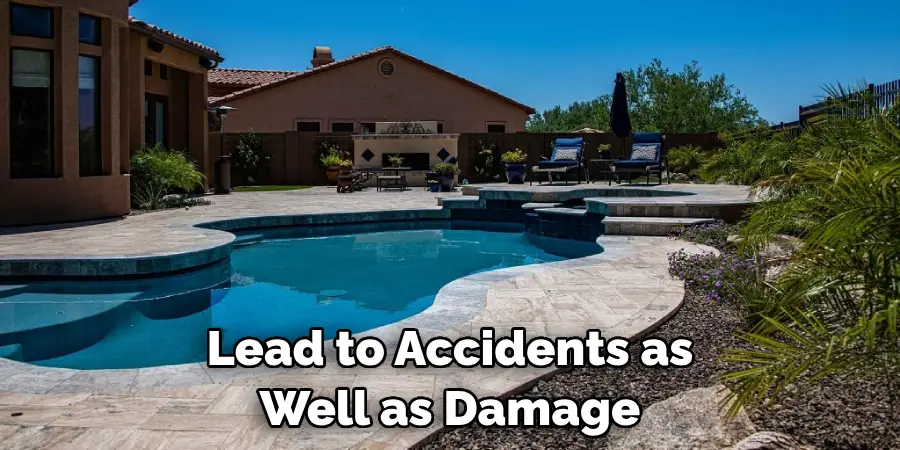
By ensuring proper traction on your travertine pool deck, you are not only protecting yourself and others from accidents but also increasing the longevity of your deck.
10 Methods How to Fix Slippery Travertine Pool Deck
1. Pressure Washing
Pressure washing is one of the most effective ways to fix a slippery travertine pool deck. This method involves using a high-pressure hose to remove dirt, debris, and other substances from the surface of the pool deck.
The pressure washing process can also help to remove algae and mold that may be growing on the surface of the deck, which can contribute to slipperiness. Additionally, pressure washing can help to restore the original color and texture of the travertine tiles.
2. Cleaning with a Mild Detergent
Cleaning a travertine pool deck with a mild detergent is another effective way to fix slipperiness. This method involves mixing a mild detergent with warm water and using it to scrub away dirt and debris from the surface of the pool deck. It is important to use a mild detergent as harsher cleaning products can damage or discolor the travertine tiles.
3. Applying Non-Slip Coating
Applying a non-slip coating is another way to make a travertine pool deck less slippery. There are several different types of non-slip coatings available on the market, so it is important to choose one that is specifically designed for use on travertine surfaces. The coating should be applied in thin layers until it covers the entire surface area of the pool deck and allows time to dry before being used again.
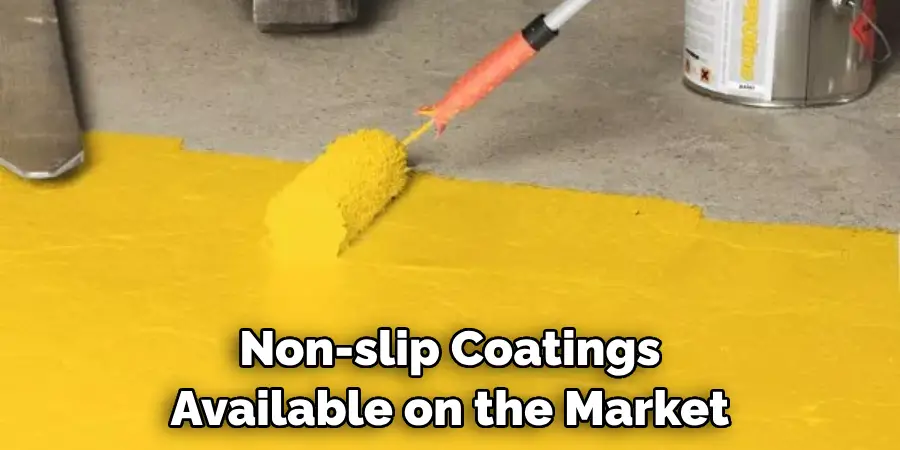
4. Sealing Travertine Tiles
Sealing travertine tiles is another method for fixing slipperiness in a travertine pool deck. This process involves applying an acrylic sealant or penetrating sealer onto each individual tile in order to protect them from moisture and prevent them from becoming slippery when wet.
It is important to use an appropriate sealant for this job, as some sealants may not be suitable for use on travertine surfaces due to their porous nature.
5. Applying Anti-Slip Strips
Applying anti-slip strips is another way to make a travertine pool deck less slippery when wet. These strips are usually made from rubber or plastic and can be easily cut into any size or shape needed for your particular application. They should be attached securely onto each individual tile in order to ensure maximum traction when walking on them while wet or dry.
6. Installing Non-Slip Mats
Installing non-slip mats is another way to reduce slipperiness in a travertine pool deck area. These mats are typically made from rubber or plastic and come in various sizes, shapes, colors, and textures, depending on your needs and preferences. They should be installed onto each individual tile in order to provide extra traction when walking across them while wet or dry conditions exist around your swimming area.
7. Adding Rough Textured Tiles
Adding rough textured tiles is yet another way you can fix slippery areas around your swimming area by adding special tiles that have more grip than regular ones do when wet or dry conditions exist around your swimming area. These special tiles come in various colors, sizes, shapes, textures, patterns, etc., making it easy for you to customize your swimming area according to your own personal taste.
8. Applying Aggregate Topping
Applying aggregate topping is also an effective solution for fixing slipperiness in areas around your swimming area by adding coarse particles, such as sand, pebbles, gravel, etc., onto each individual tile. This will create more friction between each tile, which will help prevent slipping even in wet conditions around your swimming area.
9. Creating Traction With Paint
Creating traction with paint may also be an effective solution for fixing slipperiness in areas around your swimming area by applying special paints that contain grits such as sandpaper dust, glass beads, etc., which will create more friction between each tile which will help prevent slipping even when wet conditions exist around your swimming area.
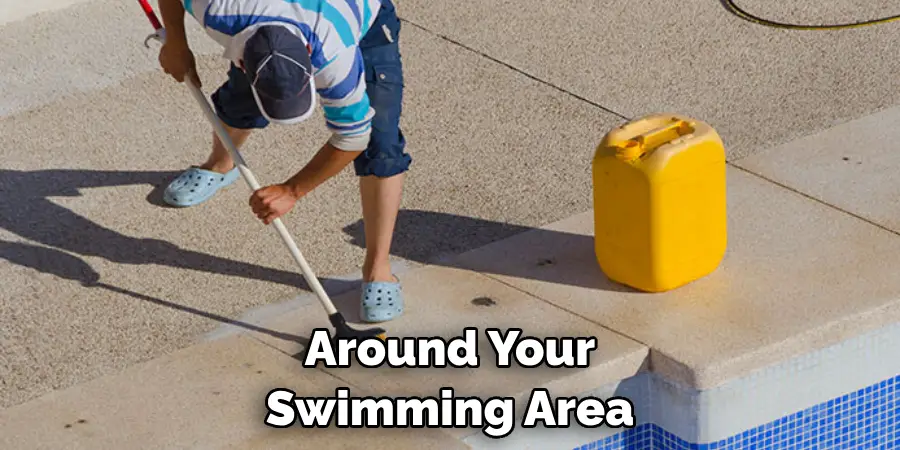
10. Applying Anti Slip Tape
Finally, applying anti slip tape may also be used as an effective solution for reducing slipperiness in areas around your swimming area by attaching these tapes onto each individual tile which will create more friction between them thus helping prevent slipping even when wet conditions exist around your swimming area.
Things to Consider When Choosing a Pool Deck Surface
When it comes to choosing a pool deck surface, there are several factors that you should consider in order to make the best decision for your needs. One of the most popular choices for pool decks is travertine, due to its natural beauty and durability.
However, one common problem with many types of travertine is that they can become slippery when wet, posing a safety hazard for pool goers. Here are some things to consider if you are looking to fix a slippery travertine pool deck.
Identify the Cause of Slipperiness
Before attempting to fix the problem, it is important to determine what is causing the surface to be slippery in the first place. In most cases, the issue can be attributed to a buildup of algae, mildew, or other organic matter on the surface. This can be caused by inadequate cleaning and maintenance, as well as exposure to moisture and sunlight. It is also possible that the travertine was sealed with a high-gloss finish, making it even more slippery when wet.
Clean and Seal Regularly
The best way to prevent slipperiness on a travertine pool deck is to regularly clean and seal the surface. This will help remove any buildup of organic matter and protect the surface from moisture. Make sure to use a non-slip cleaner when cleaning the deck, as well as a sealer specifically designed for natural stone surfaces. Follow the manufacturer’s instructions carefully to ensure proper application and effectiveness.
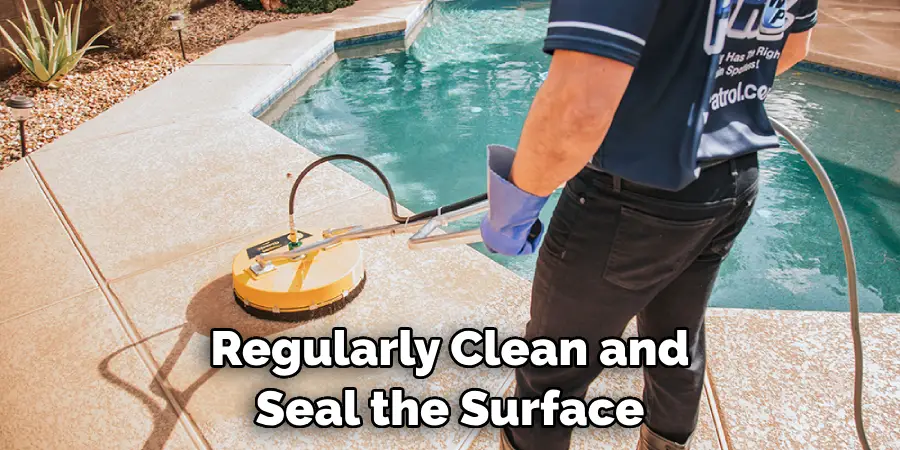
Consider Adding a Non-Slip Coating
If cleaning and sealing alone does not solve the problem, you may want to consider adding a non-slip coating to your travertine pool deck. There are several options available, including coatings made specifically for natural stone surfaces and slip-resistant additives that can be mixed with sealers or paint. Just make sure to test the product on a small area first to ensure it does not alter the appearance of your travertine.
Conclusion
Overall, travertine pool decks can be a great addition to your outdoor space. The trick is making sure that your deck doesn’t become slippery and dangerous for yourself or those who use it. By taking all the precautionary steps from power washing, sealing, adding anti-slip additives to sealant, aggressive brushing, and non-skid coatings, you should have no problem ensuring that your travertine pool deck remains safe and slip-free.
Taking care of any potential problems quickly is important in order to prevent further deterioration or injury, so don’t delay in researching solutions if you have noticed an issue with slipperiness around your travertine pool deck. We hope this article has provided some useful information on how to fix slippery travertine pool decks! Try it out and let us know how it goes!
